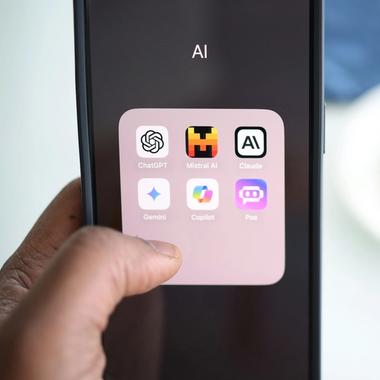Artificial Intelligence (AI) has become a driving force in modern app development, powering everything from chatbots to predictive analytics. But with AI comes a wave of technical jargon that can leave even the most tech-savvy scratching their heads. If terms like "neural networks," "reinforcement learning," or "LLMs" sound like another language, don’t worry - you’re not alone.
At The Distance, we believe AI should be accessible, not intimidating. That’s why we’ve put together this essential glossary, breaking down key AI terms in simple, digestible language. Whether you're a business leader looking to integrate AI into your app or a developer navigating AI-powered solutions, this guide will give you the clarity you need.





